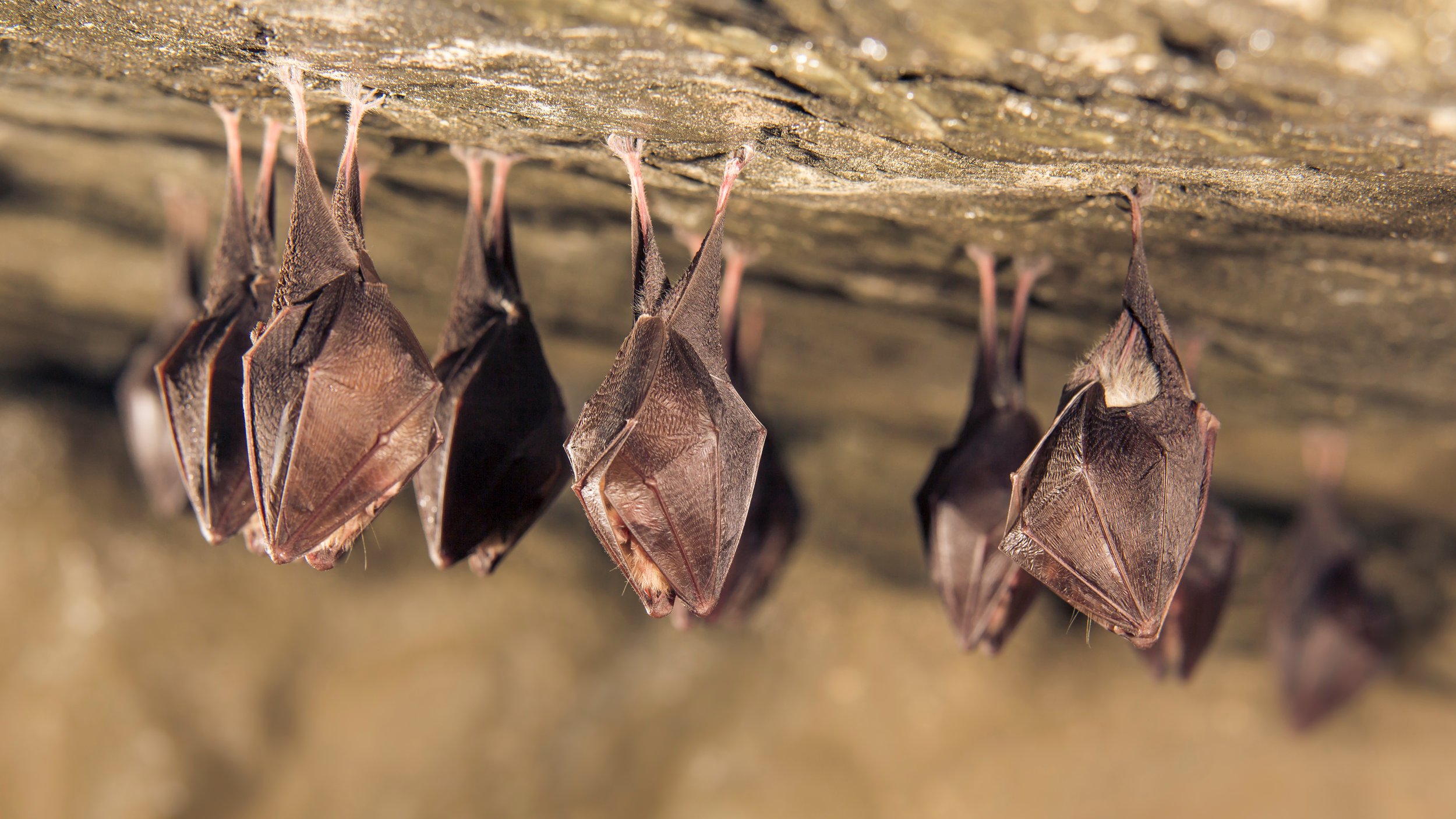Environmental Monitoring

Air Pollution Monitoring
Passive monitoring: We have installed 60 passive air samplers on utility poles throughout the neighborhoods, including near the interstate. Every two months, we collect one-week samples. The samples are analyzed in a laboratory to calculate airborne concentrations of nitrogen dioxide, oxides of nitrogen, and
ozone.
Real-time monitoring: Real-time monitors were placed on a vehicle to measure air quality along predetermined driving routes through the neighborhoods. Ultrafine particle (UFP) number and black carbon (BC) mass concentrations were measured by repeatedly driving all public roads in the study area. Measurements were conducted on both weekdays and weekends, during the daytime and nighttime. This information is combined with the fixed-site data from the passive samplers to generate high-resolution maps for air quality.
Baseline air quality data collection across the study area is complete. Two-week integrated passive sampling was conducted once every two months at 60 sites. Oxides of nitrogen (NOX, NO2, and NO) are the primary measurements because they serve as a surrogate for traffic emissions. Planting along the interstate ended in June 2022, and we will continue to measure UFP and BC to evaluate the impact of planted vegetation on near-road air quality.
Learn More about why air pollution is damaging to the heart system.
Noise Monitoring
A smaller number of noise monitors are rotated across six sites in the
neighborhoods to map noise levels. Satellite data and lidar (light detection and
ranging) remote
sensing are used to characterize the vegetation density before and after planting.
Learn More about Green Heart’s noise monitoring.
Biodiversity
The macro-biodiversity project is examining how the urban greening
intervention affects local biodiversity of birds, bats, and bugs and how biodiversity
correlates to human health. Part of this study is also investigating if the health benefits of
urban greening are mediated through increased local biodiversity. The Darraq Lab from
Murray State University is determining biodiversity by collecting bird, bat, and arthropod
data across 140 sample sites. Biodiversity is then measured using standard biometric
methods, including Hill numbers and Jaccard similarity indices.
Learn more about the Green Heart’s biodiversity partner, the Darraq Lab.
The Latest Envirome News



